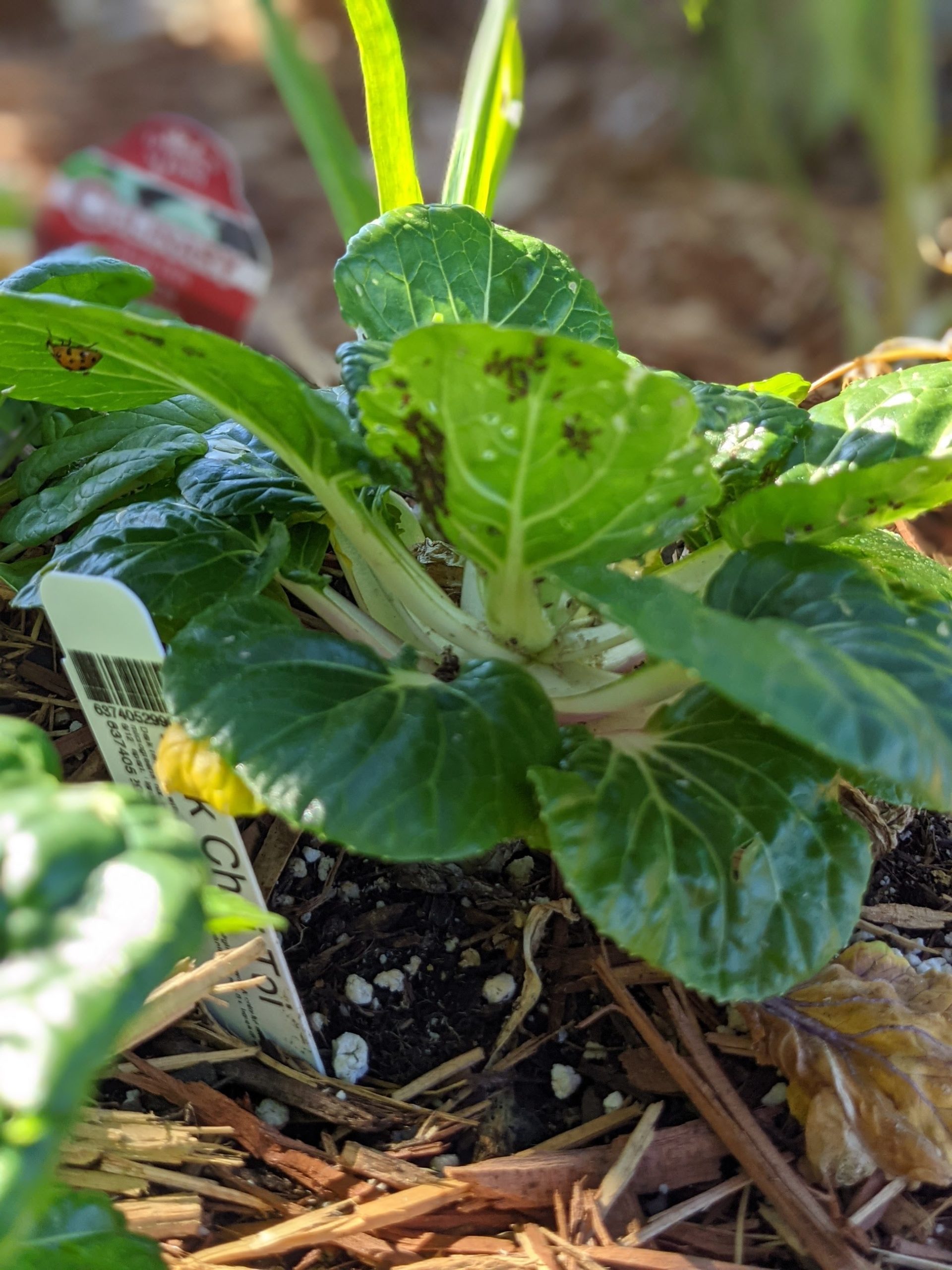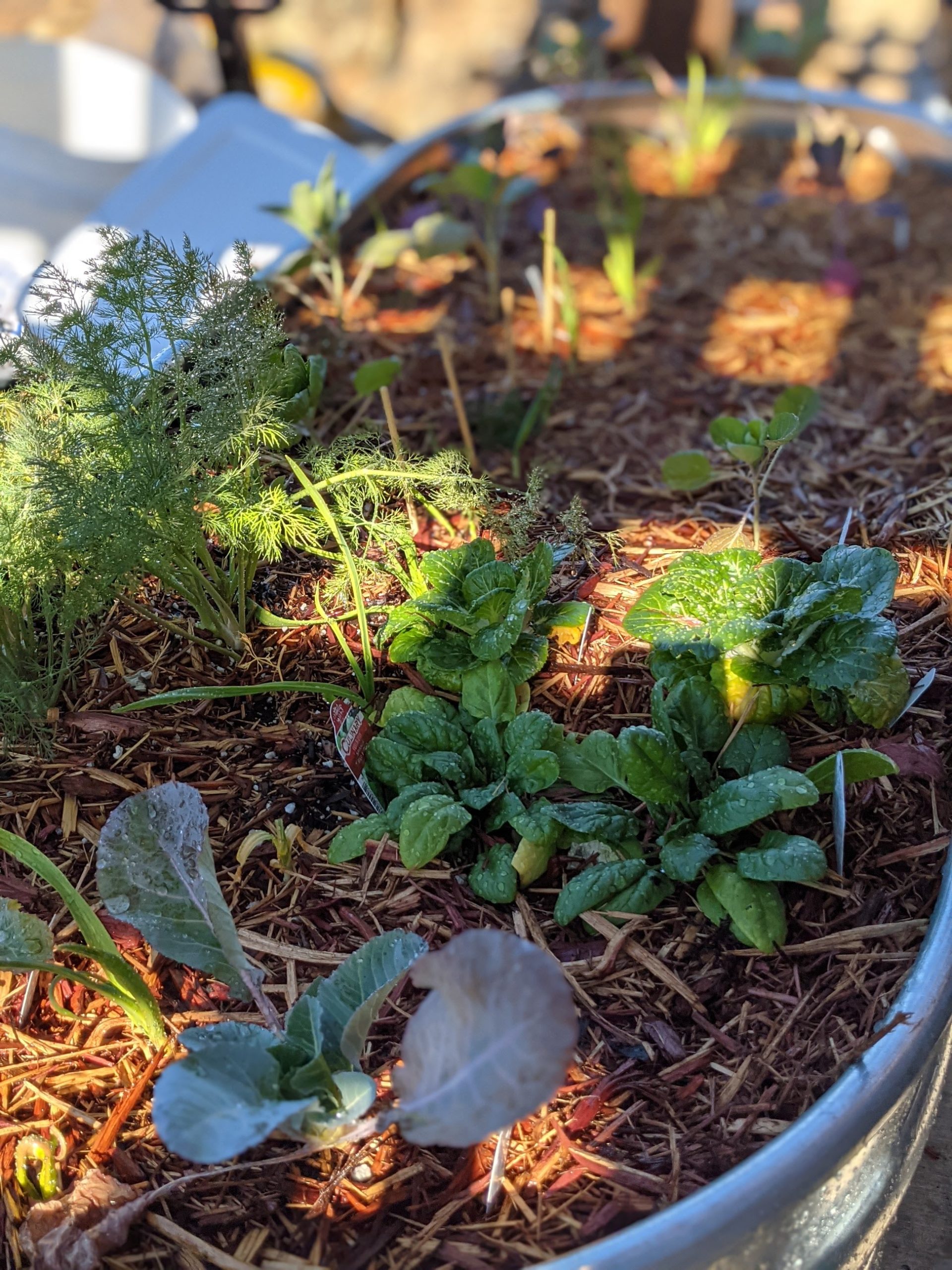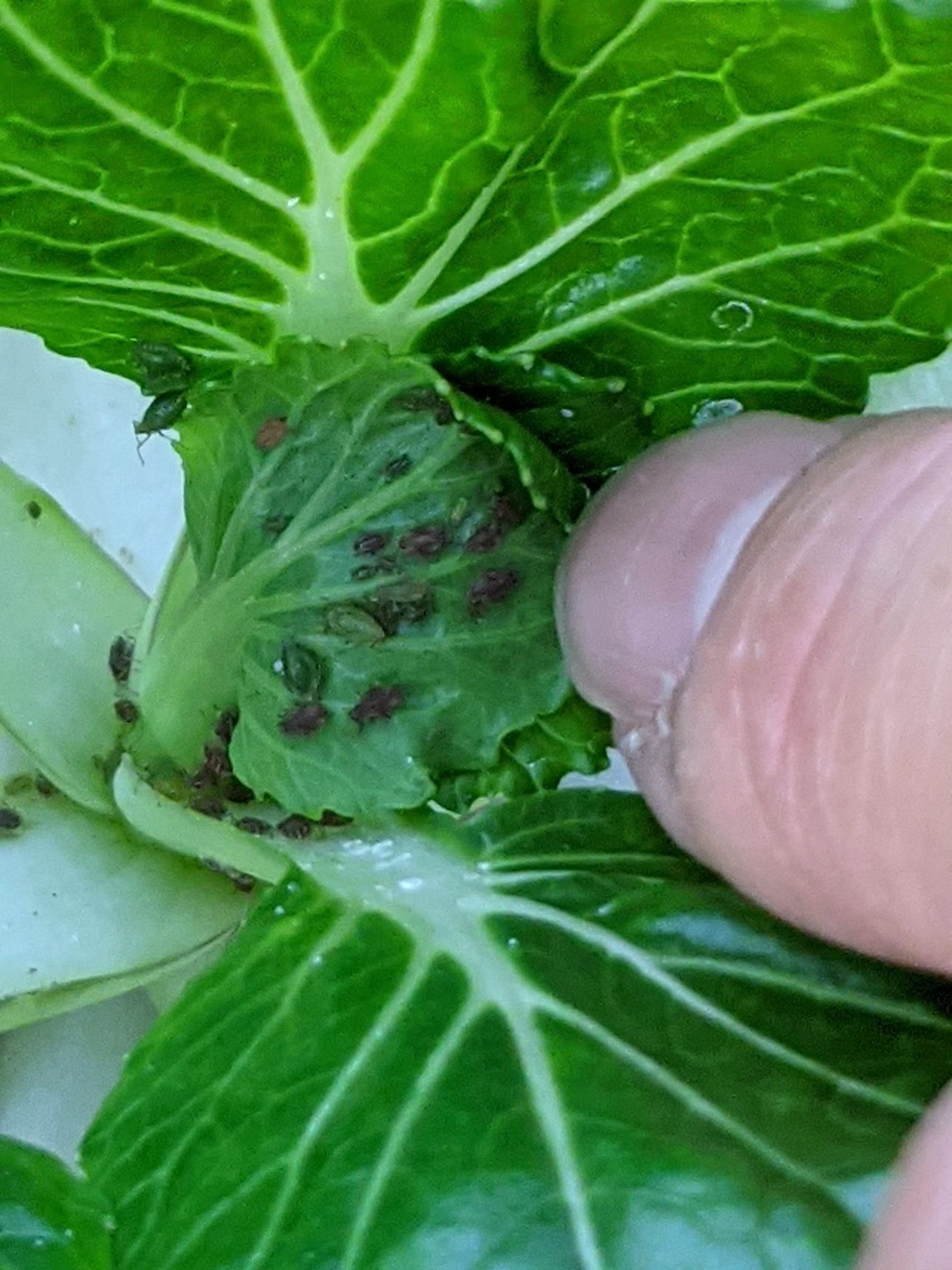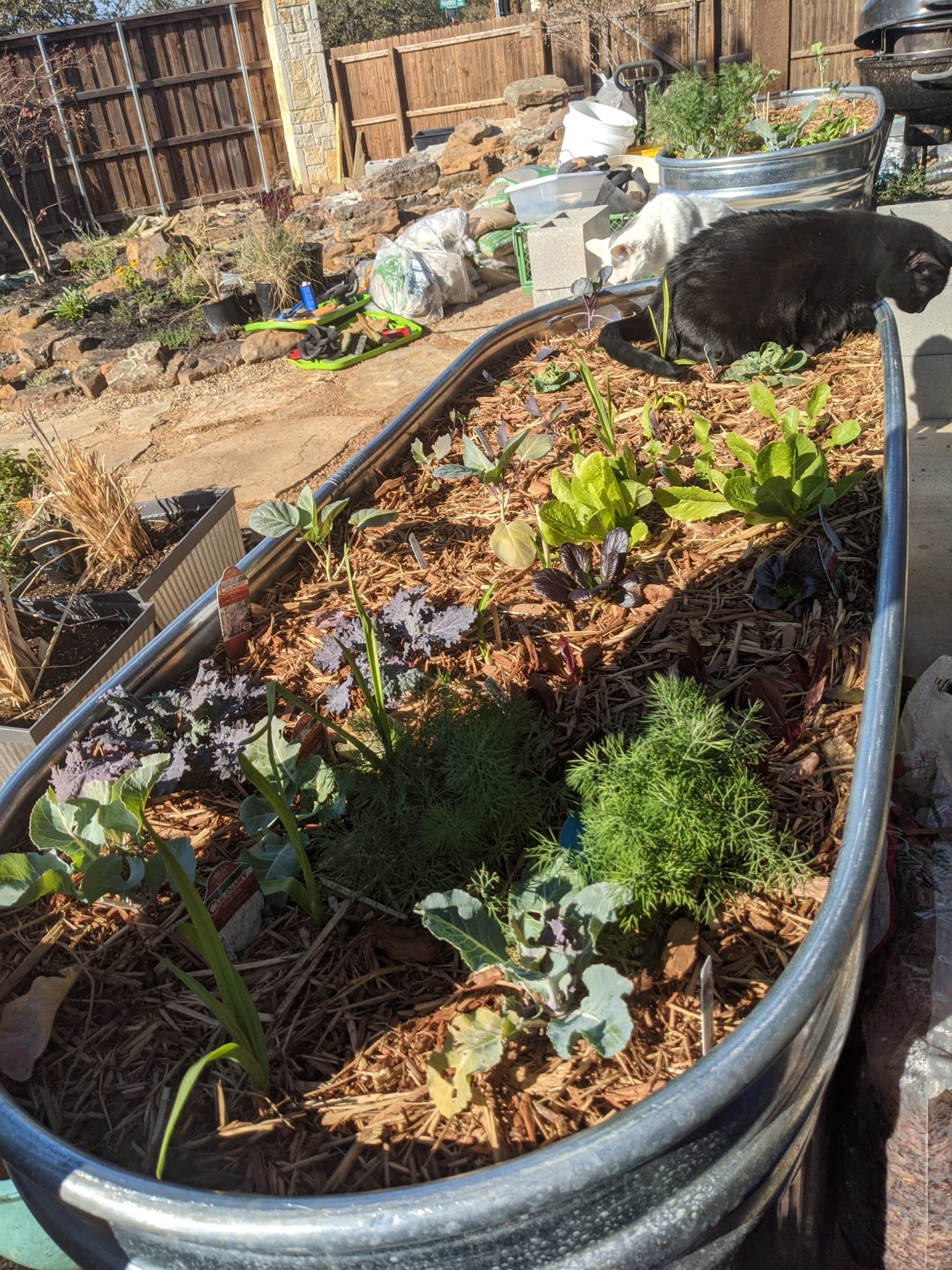I’m always hesitant to broadcast seeds directly into the garden because of the risk of poor germination rates. Granted, previous experience had me neglect seeds sown directly into the beds, which need the right temperature and moisture to thrive. Daytime highs are in the upper 60s while nighttime lows in the high 40s and low 50s. It’s still too cold for some delicate summer plants to tolerate, as some of the starts are beginning to show.
I hedge my bets wherever I can, sowing indoors those seeds that I trust will germinate successfully and can handle transplant.
Seeds I’ve sown and re-sown both inside and out:
| Agastache rugosa, Korean Hyssop |
| Salvia coccinea, Scarlet Sage |
| Salvia farinacea, Sirius Blue Sage |
| Monarda citriodora, Lemon Bee Balm |
| Gomphrena haagena, Strawberry Fields |
| Tropaeolum minus Nasturtium Black Velvet (presoaked) |
| Nigella damascena, Miss Jekyll Blend |
| Zinnia elegans, Fireball Blend |
| Cosmos sulphureus, Diablo |
| Tropaeolum majus Nasturtium Alaska Variegated, Jewel Blend (presoaked) |
| Tithonia Speciosa Mexican Sunflower Red Torch (2017 seed) |
| Mirabilis jalapa, Marbles Yellow-Red (presoaked) |
| Tagetes tenuifolia Lemon & Tangerine Gems Signet Marigold |
The last vegetable seeds I direct sowed beginning of March were the bok choy Tiny Hedou and Purple Lady, along with bunching onions Tokyo White. They are finally beginning to emerge. Meanwhile I’m giving the Thai Long Green Eggplant another try although I haven’t had any success with the last batch.




















